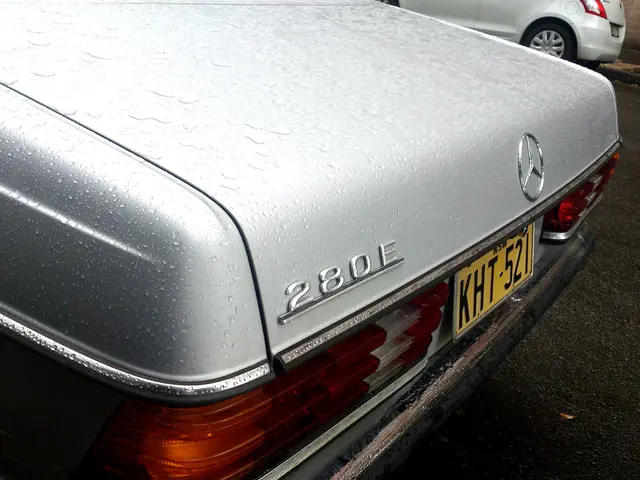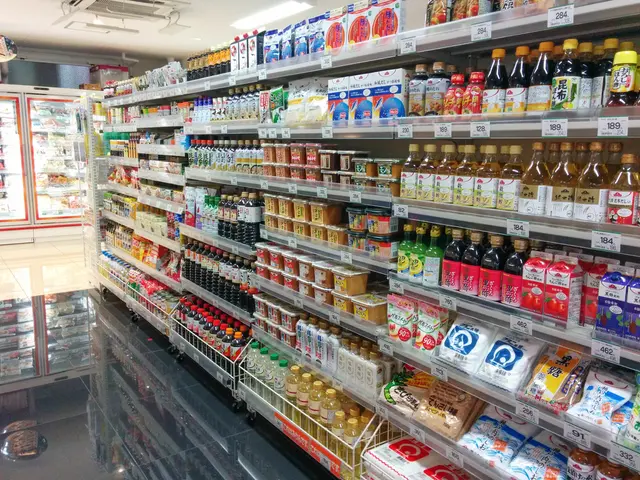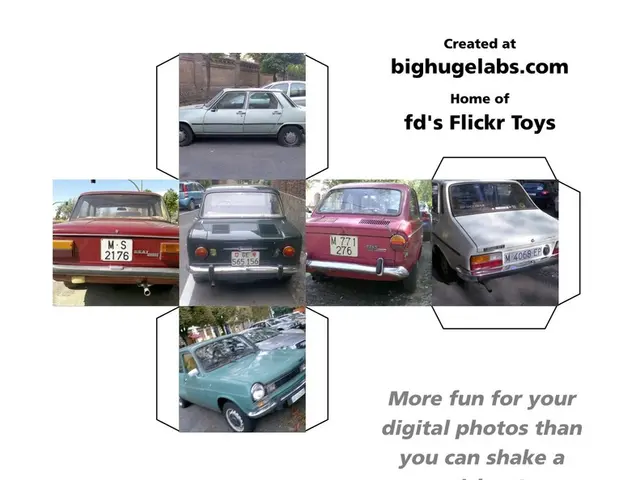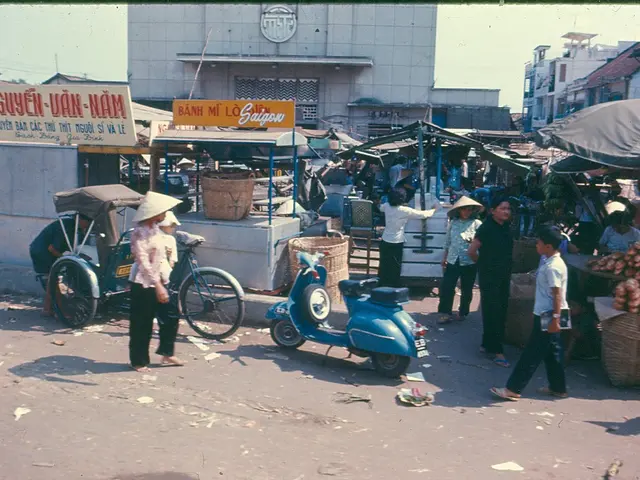Collapse of Wuhlheide Bridge: Essential Information for Motorists as of Now
Wuhlheide Intersection Set to Reopen Amid Bridge Demolition
After just over a week of closure, the Wuhlheide intersection in Berlin is expected to reopen for trams, emergency vehicles, pedestrians, and cyclists by the end of tonight (Ascension Day). Car drivers can also anticipate improvements, as the majority of the collapsing high street in Oberschöneweide is set to be demolished by the end of next week.
The closure of the intersection, where Treskowallee, Rummelsburger Straße, Edisonstraße, and An der Wuhlheide meet, has resulted in significant congestion, particularly for car drivers who are being redirected to detours unsuited for increased traffic. The tram line between Karlshorst and Oberschöneweide has also been interrupted, with the Berliner Verkehrsbetriebe (BVG) providing a bus shuttle service in its place. Pedestrians and cyclists have been forced to make large detours around the closed intersection.
However, signs of a swift return to normal are emerging. The BVG and Petra Nelken, spokeswoman for Transport Senator Ute Bonde (CDU), have confirmed that the tram will resume operation as previously announced. The traffic administration plans to hand over the track area on the intersection to the state-owned company this afternoon, allowing BVG construction crews to begin work. They will first remove the protective cover over both tracks, and then reinstall the electrical overhead line. If all goes well, test runs will be conducted this evening.
Should the route reopen as anticipated, a shuttle service will initially operate, ideally from tomorrow morning. Line E will connect Blockdammweg in Zehn-Minuten-Takt with the station Schoeneweide with five trams deployed on this interim connection, adhering to a provisional "hand timetable." Lines M17, 21, 27, and 37 are scheduled to resume their regular routes by Saturday. Until then, they will continue to run according to the current special service and construction timetables, according to the BVG.
The bridge collapse at Wuhlheide, which is only 40 years old, has been a cause for concern for some time. The Senate has explained in parliament the reasons for the delayed demolition of the bridge.
In the meantime, emergency vehicles, police, and fire brigade will be able to pass through the area from tomorrow, according to the Senate's transport administration. To facilitate this, security personnel will be organized to allow emergency services to drive again on Treskowallee/Edisonstraße. Pedestrians and cyclists will initially share an announced emergency lane, with the intersection lacking a traffic light system. Traffic management and coordination will be handled by security personnel until the traffic light system can be reinstalled.
The demolition of the Brockel bridge at Wuhlheide has been progressing quickly, with six of the nine bridge sections already demolished as of Wednesday. Work continues on the remaining three sections, with the bridge piers being dismantled or already demolished. No residents have filed complaints about the noise associated with the demolition work so far.
District politicians have commended the responsible parties for acting quickly to reconnect the tram lines in Schöneweide, Adlershof, Koepenick, and other areas of the southeast, following the closure of the bridge crossing. Preparations were made when the bridge had to be taken off the network, and around 50 services in the Koepenick network were affected. The disruption of four lines on the heavily used North-South tangent has posed challenges for vehicle and personnel dispatchers.
As of late May 2025, it remains unclear when the intersection at Wuhlheide will fully reopen, as demolition work is still ongoing. Incidentally, plans for a water taxi in Berlin have been scrapped, with an electric fast ferry service set to replace it instead.
The barrier caused by the bridge demolition in the finance sector of budgeting for detours and alternative routes has been substantial for the transportation industry in Oberschöneweide, particularly for car drivers and the BVG's tram line between Karlshorst and Oberschöneweide. Following the removal of protective covers, electrical overhead lines, and necessary tests, the industry of transportation, including trams, emergency vehicles, pedestrians, and cyclists, can anticipate a return to normal operations at Wuhlheide Intersection by the end of this week or early next.








